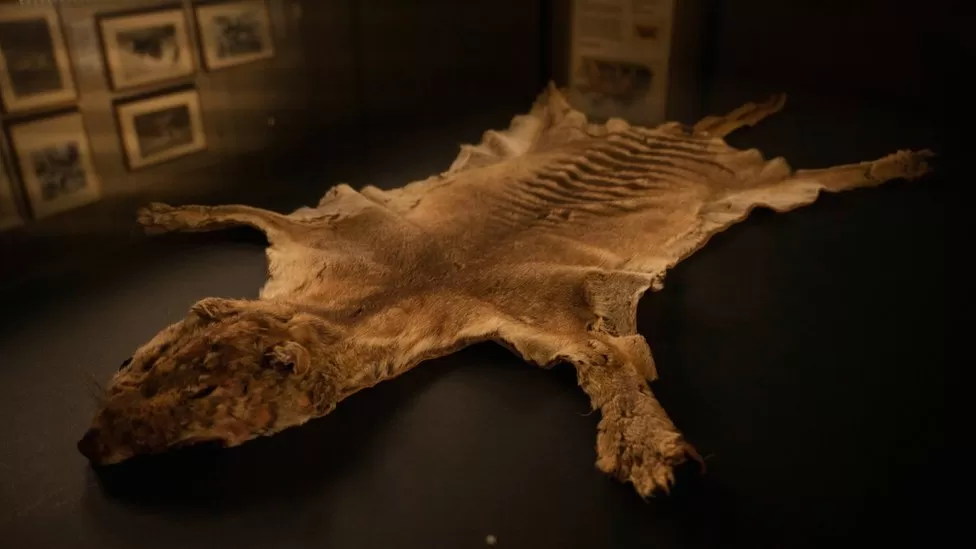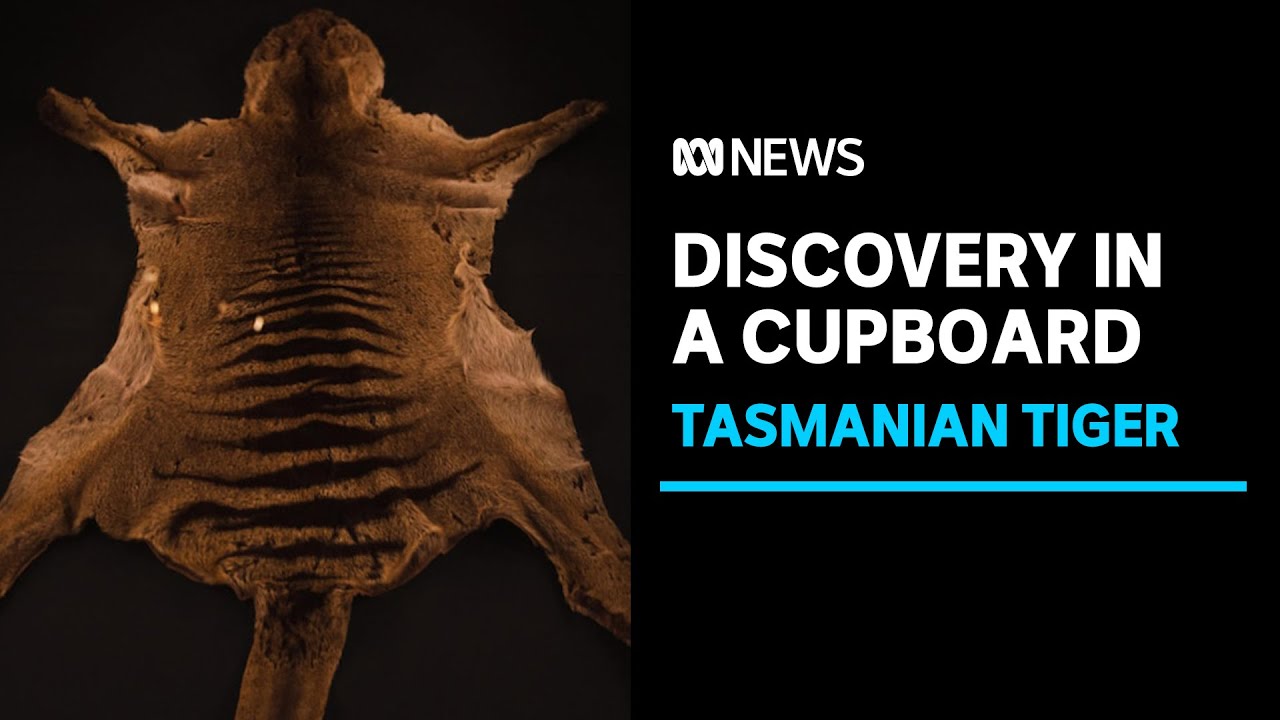Tasmanian Tiger - Remains Of The Last Thylacine Have Been Discovered In A Cupboard After 85 Years
Decades passed without anyone discovering the final resting place of the Tasmanian tiger or thylacine. They were in plain sight at Australia's Tasmanian Museum and Art Gallery (TMAG), where they remained unidentified for over eighty years.
Author:Rhyley CarneyReviewer:Paula M. GrahamDec 06, 20225.1K Shares76.3K Views

After being missing for 85 years, the last known Tasmanian tigerwas discovered in a museum storage closet in Australia. After the thylacine died in 1936, the zoo donated its corpse to a museum in Hobart.
Decades passed without anyone discovering the final resting place of the Tasmanian tiger or thylacine. They were in plain sight at Australia's Tasmanian Museum and Art Gallery (TMAG), where they remained unidentified for over eighty years.
However, the fate of its bones and skin has remained a mystery. It was assumed that the skeletons had been thrown away after the Tasmanian Museum and Art Gallery lost track of them.
What Happened To The Tiger?
The thylacine, which was roughly the size of a coyote, became extinct over the world except in Tasmania some 2,000 years ago. Its function in the island's environment was crucial since it was the sole living marsupial apex predator, but this also made it unpopular with people.
European settlers in Tasmania in the 1800s mistook the elusive, nocturnal behavior of thylacines for that of a threat to their cattle, leading them to kill these animals to extinction.
According to a TMAG press release on Monday, an elderly female thylacine was taken by a trapper and sold to a zoo in May 1936.
After many more months, the animal passed away, and its corpse was brought to the museum. The announcement said that the zoo did not keep records of the transaction since ground-based snaring was unlawful and may have resulted in a citation for the trapper.
The museum's researchers and employees missed the boat on the thylacine's significance.
“„For years, many museum curators and researchers searched for its remains without success, as no thylacine material dating from 1936 had been recorded in the zoological collection, and so it was assumed its body had been discarded.- Robert Paddle, Australian Catholic University

Long-lost remains of last Tasmanian tiger were being stored in museum cupboard | ABC News
Discovery Of Thylacine Skeleton
According to the press release, after the thylacine was delivered to TMAG, its skin was removed and its skeleton was dismantled to become part of an education collection utilized by museum educators to educate students about thylacine anatomy.
People across the globe at the time wrongly believed that a thylacine that had passed away at the Beaumaris Zoo in Hobart on September 7, 1936, was the last of its kind.
An unpublished report by a museum taxidermist revealed the error just recently. After the last thylacine was identified, an examination of all thylacine skins and bones at TMAG was conducted after a report from 1936-1937 noted a thylacine among the specimens worked on that year.
Scientific attempts to revive the Tasmanian tiger using techniques like ancient DNA extraction, gene editing, and artificial reproduction have been making news again in recent years.
“„It is bittersweet that the mystery surrounding the remains of the last thylacine has been solved, and that it has been discovered to be part of TMAG’s collection.- Mary Mulcahy, TMAG
Final Words
There is currently an exhibit in the Hobart museum where you can see the skin and bones. Tasmanian tigers were formerly thought to be widespread over Australia, but they suffered population declines due to competition with people and dingoes. In the end, the marsupial was only found in Tasmania, and it was hunted to extinction there.

Rhyley Carney
Author

Paula M. Graham
Reviewer
Latest Articles
Popular Articles